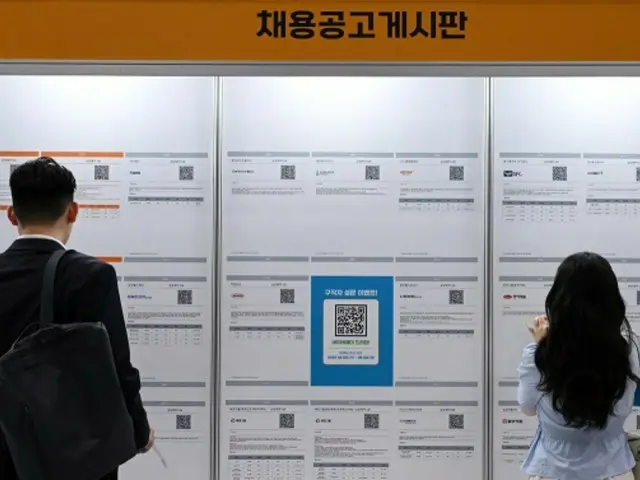Of these, 75% "did not want to work."
According to the Korea National Statistical Office on the 18th, the number of young people (aged 15-29) who were "on vacation" in July this year increased by 42,000 compared to the same month last year.
The number of young people who were "absent" in July this year was higher than during the COVID-19 pandemic and the highest since statistics began being compiled.
These "young people on leave" refer to the non-economically active population who are not in the workforce and do not have any serious illnesses or disabilities, but who are in a state where they "vaguely want to take time off."
The number of young people who were "on leave" in July was in the 200,000 range from 2013 to 2017, but exceeded 300,000 in 2018. The number has continued to increase since then, reaching 300,000 in 2020.
In 2020, the number reached 441,000. In 2022, it dropped to 361,000, but rose again to 402,000 last year (2023).
The number of young people who are "on vacation" is considerably higher than other generations.
The population of people in their 10s is 284,000, those in their 30s are 288,000, and those in their 50s are 394,000. Of the "rested" young people (443,000), 100% answered "Do you want to work?"
To this question, 335,000 people answered "No." This means that 75.6% have no intention of looking for work.
Regarding this, KDI's Kim Ji-yeon, director of the outlook, said, "Among the young people who are taking time off,
"Some people are genuinely taking time off, while others have given up looking for work," he said, adding, "Considering that it is not easy to find the job that an individual desires, they may be putting off their job search."
2024/08/19 17:13 KST
Copyrights(C) Herald wowkorea.jp 96

